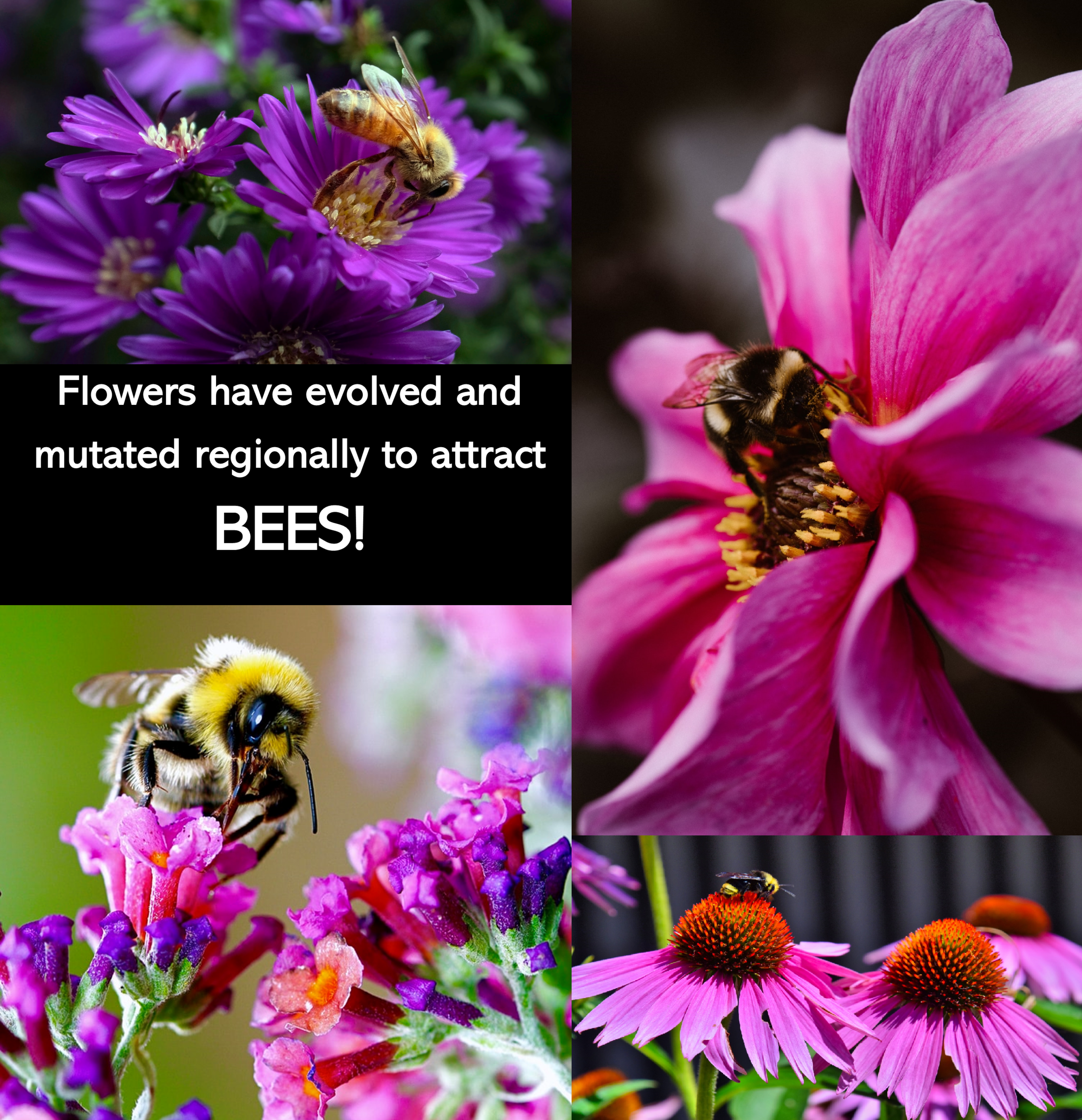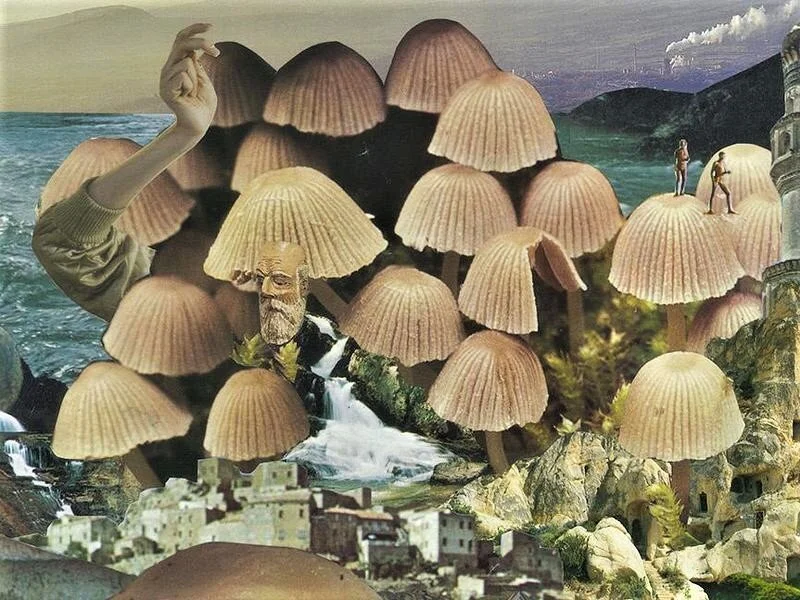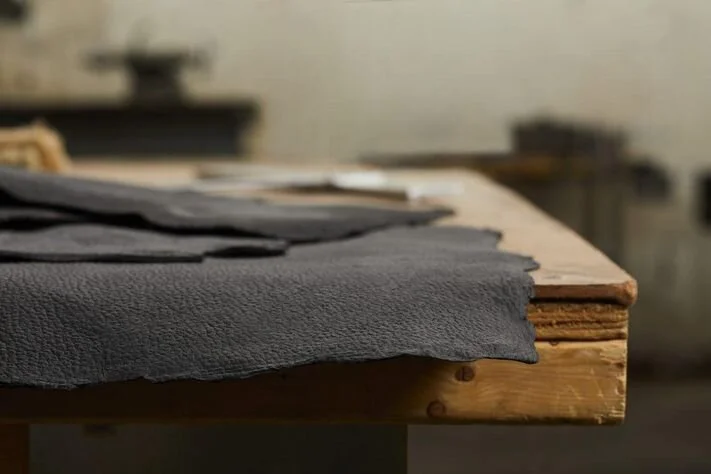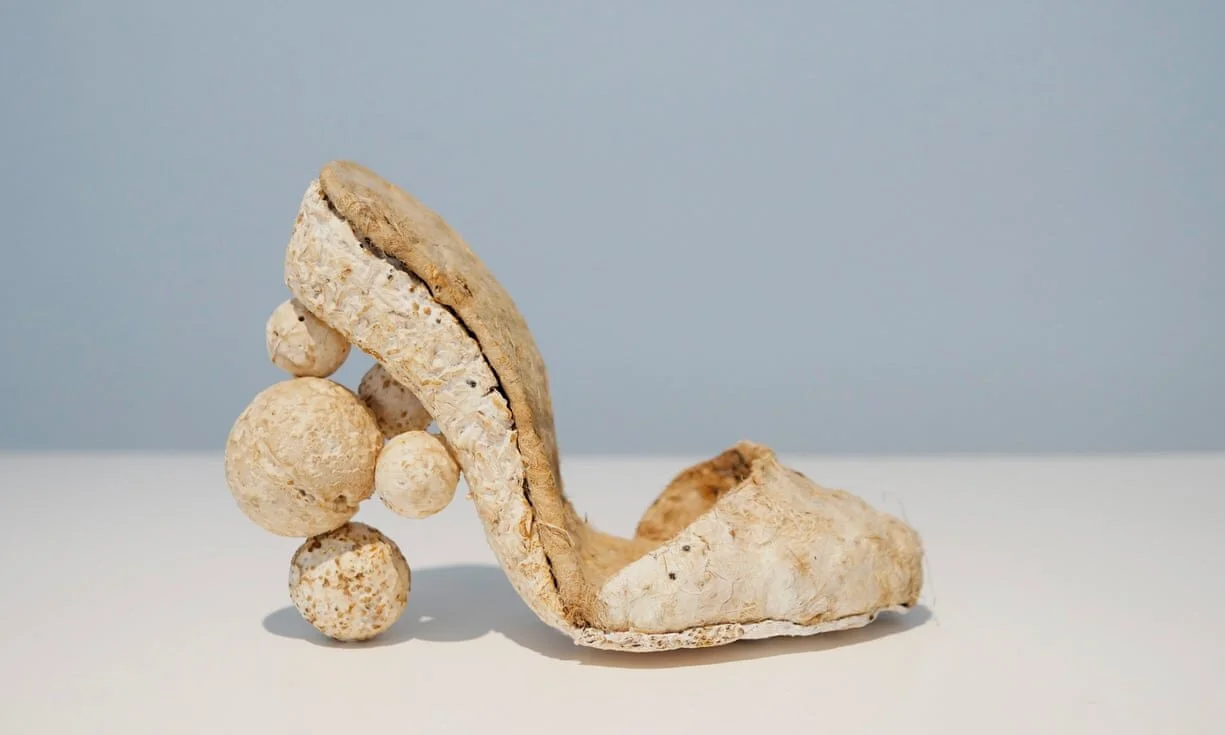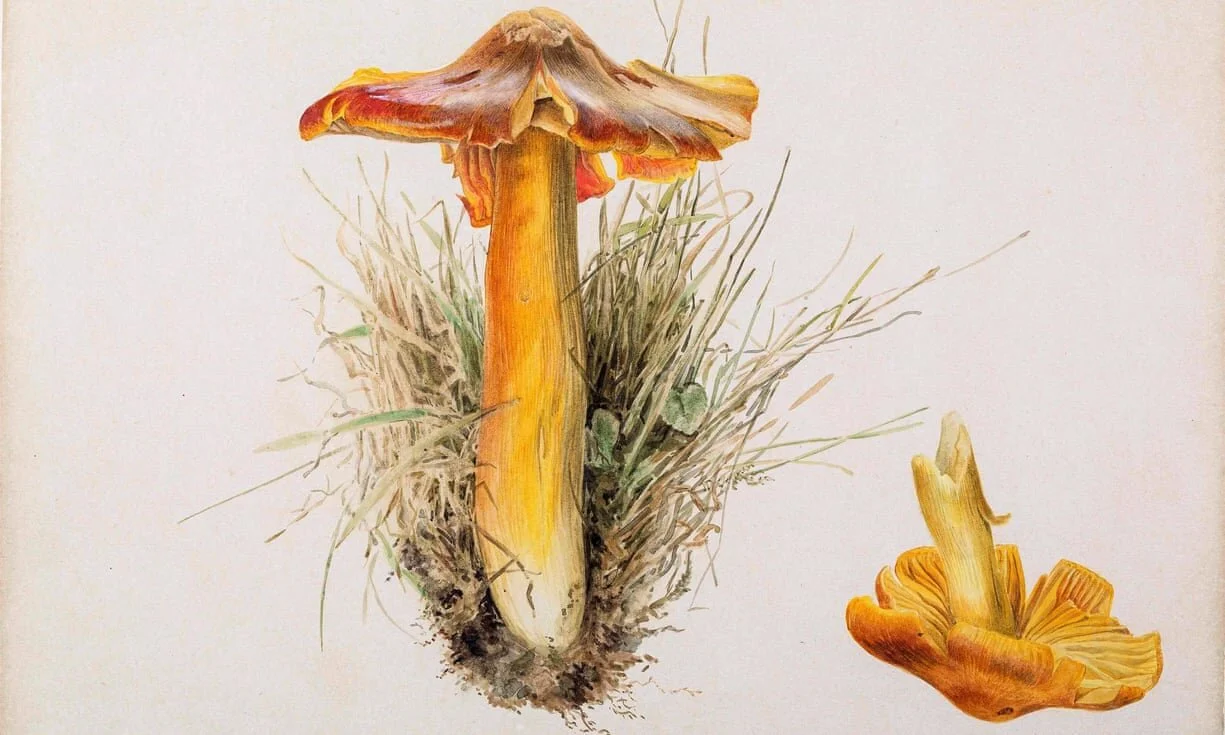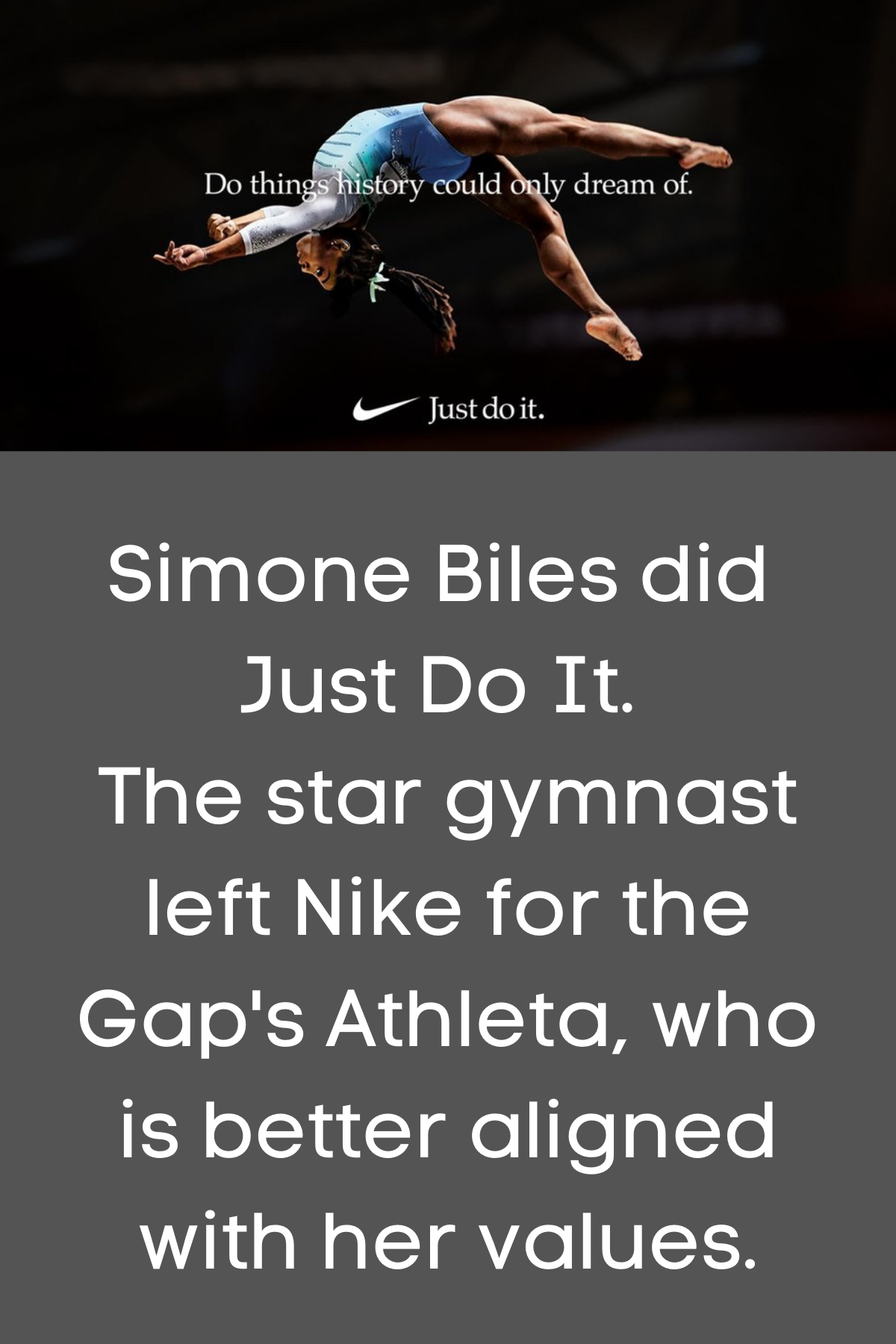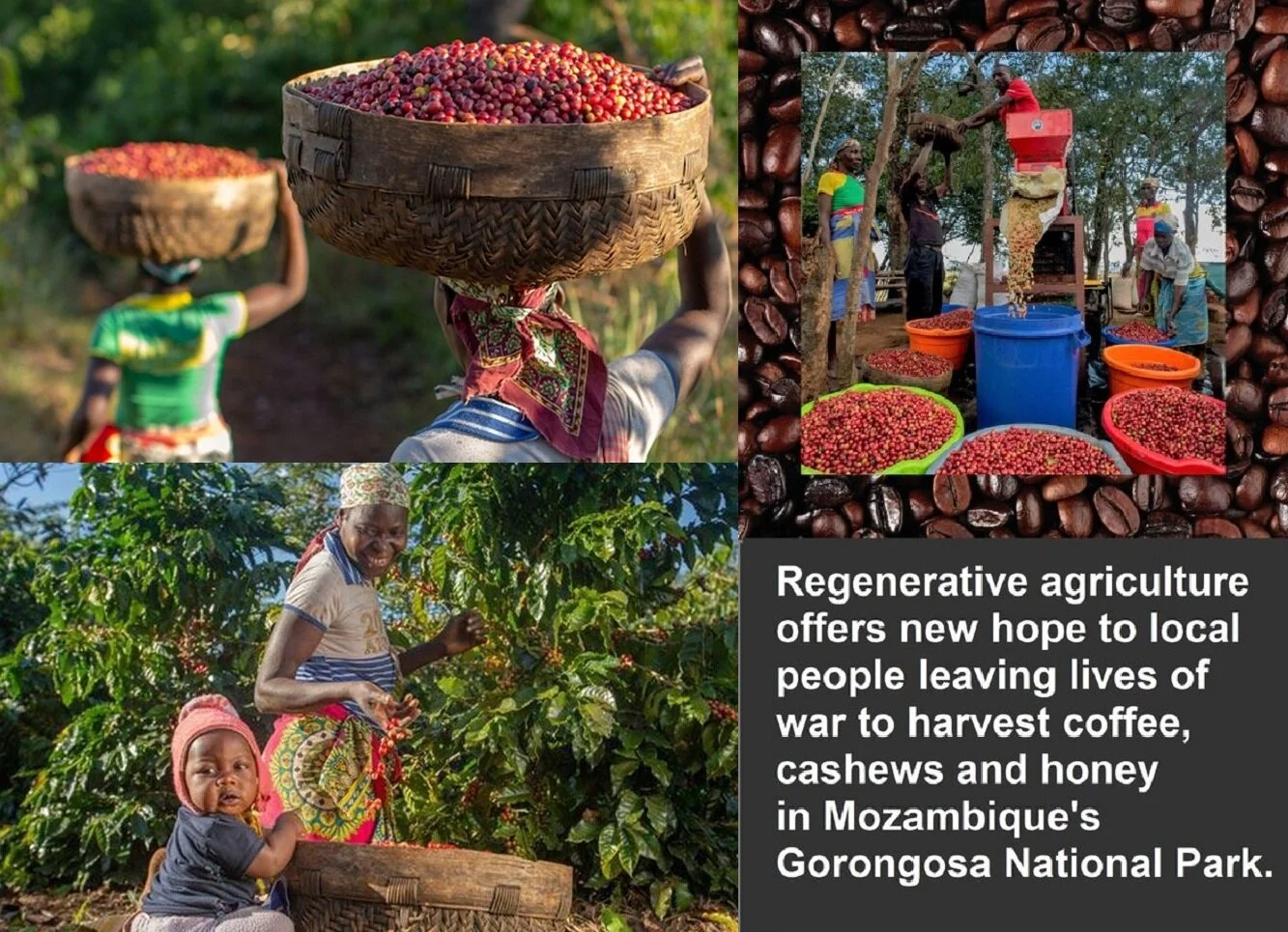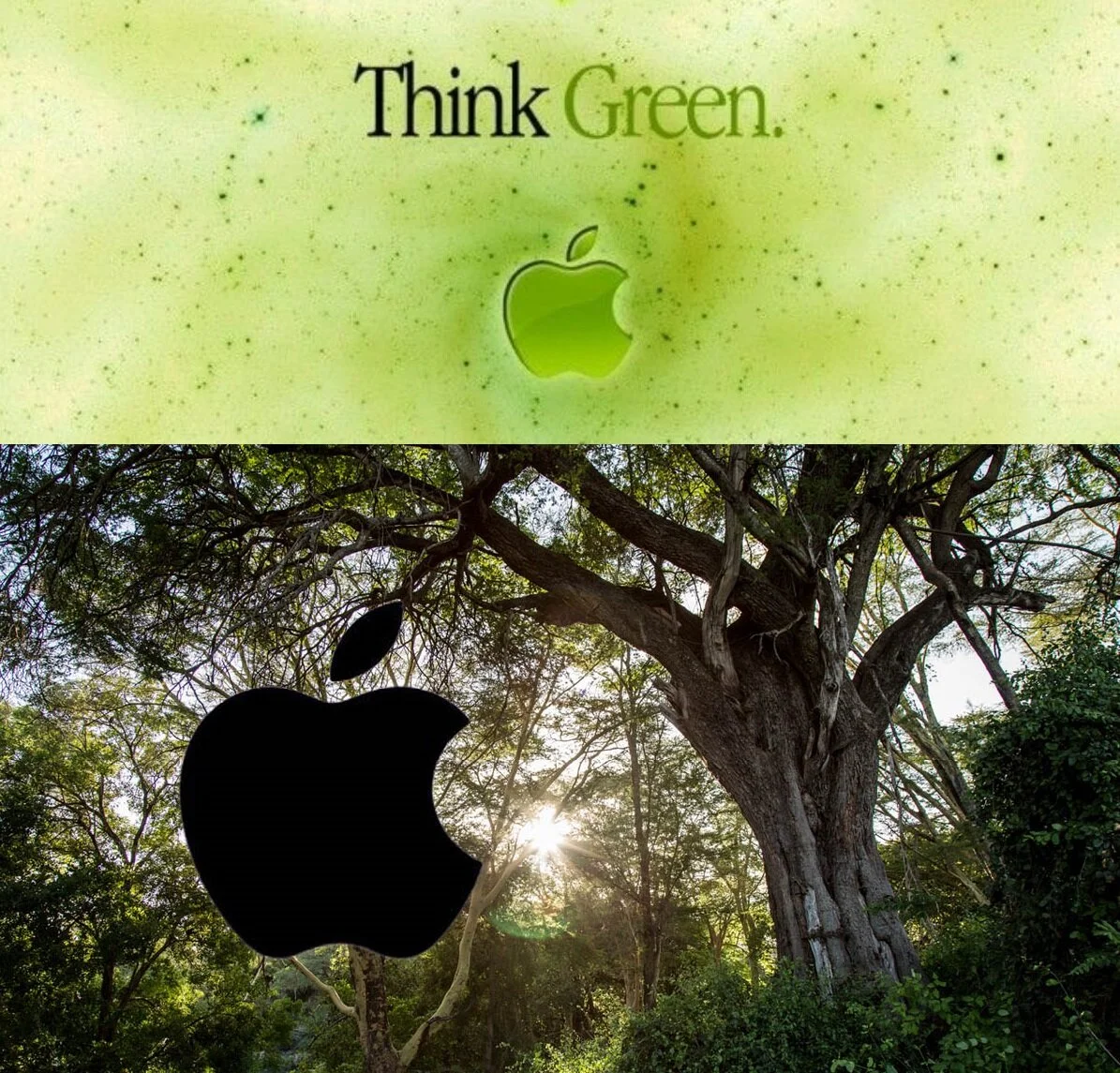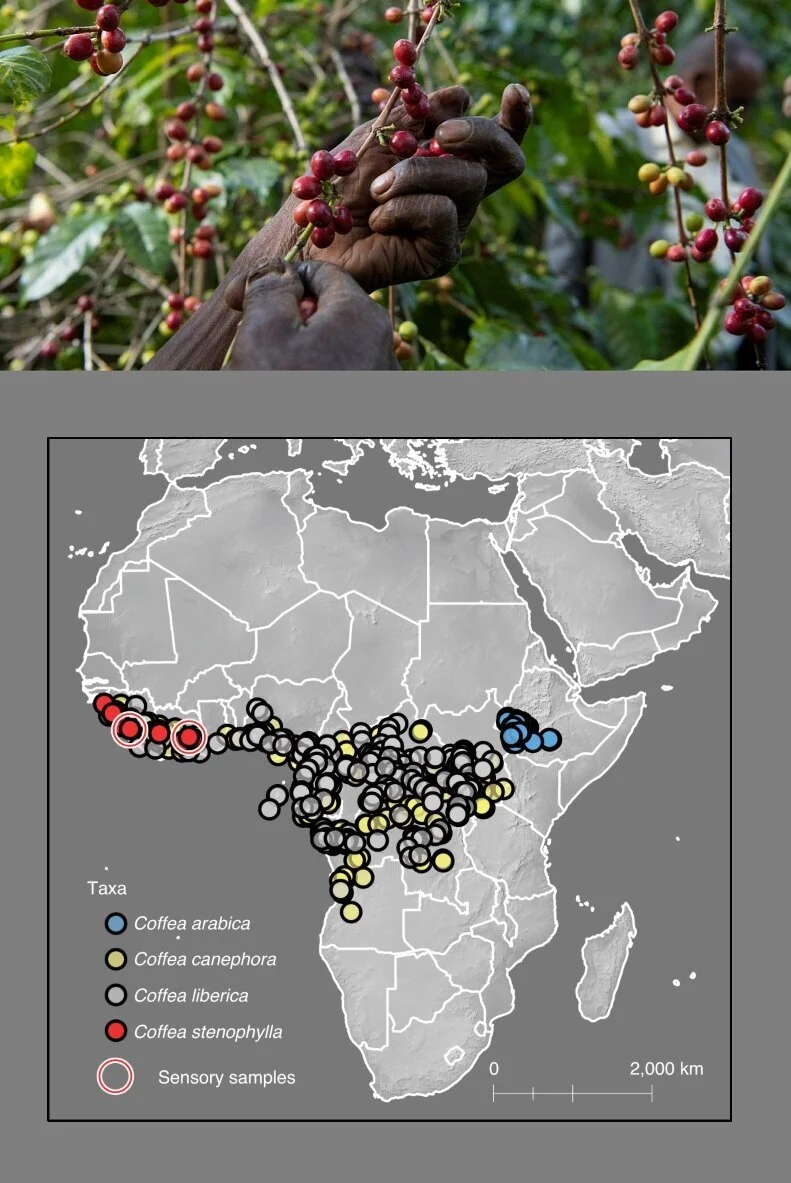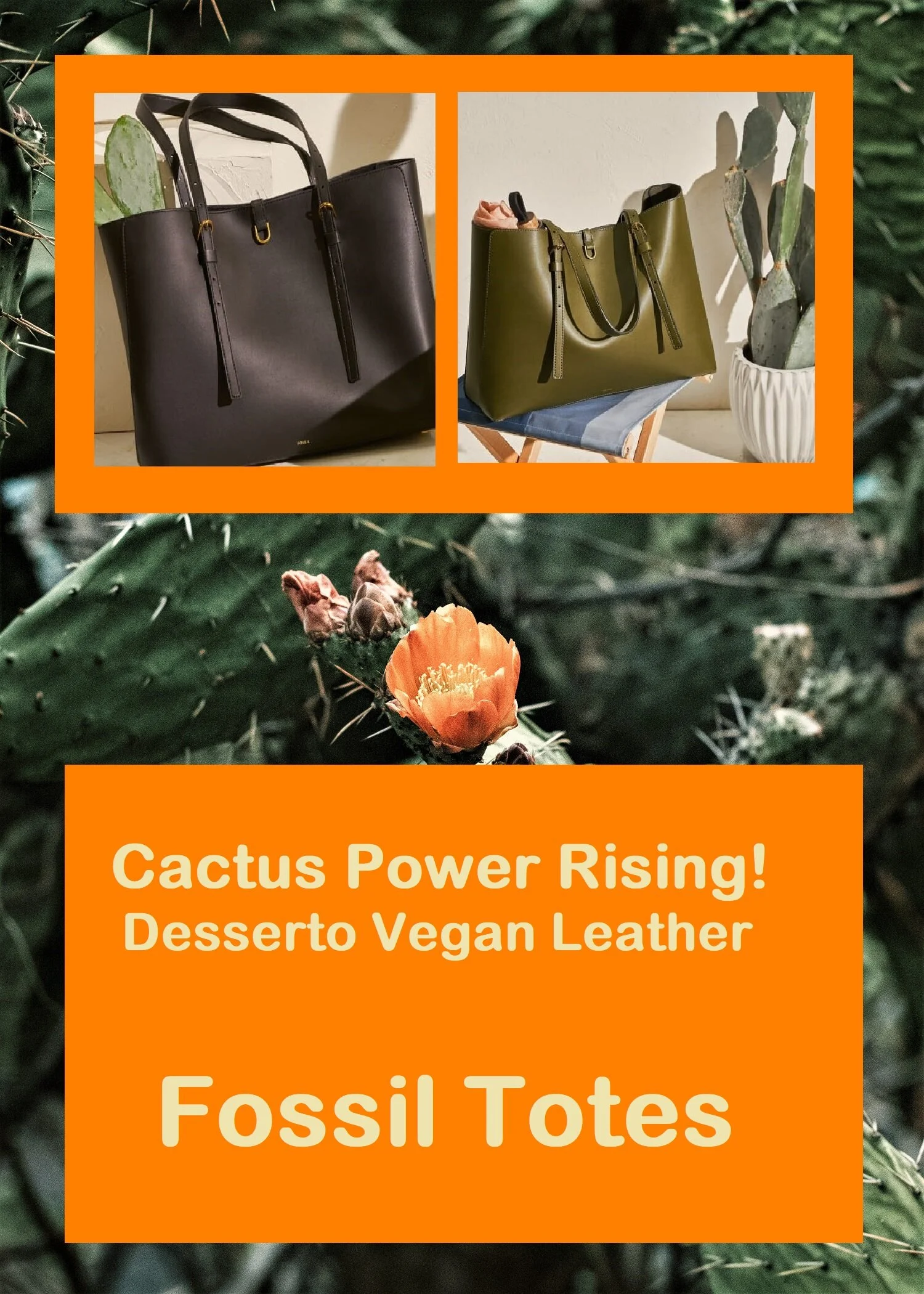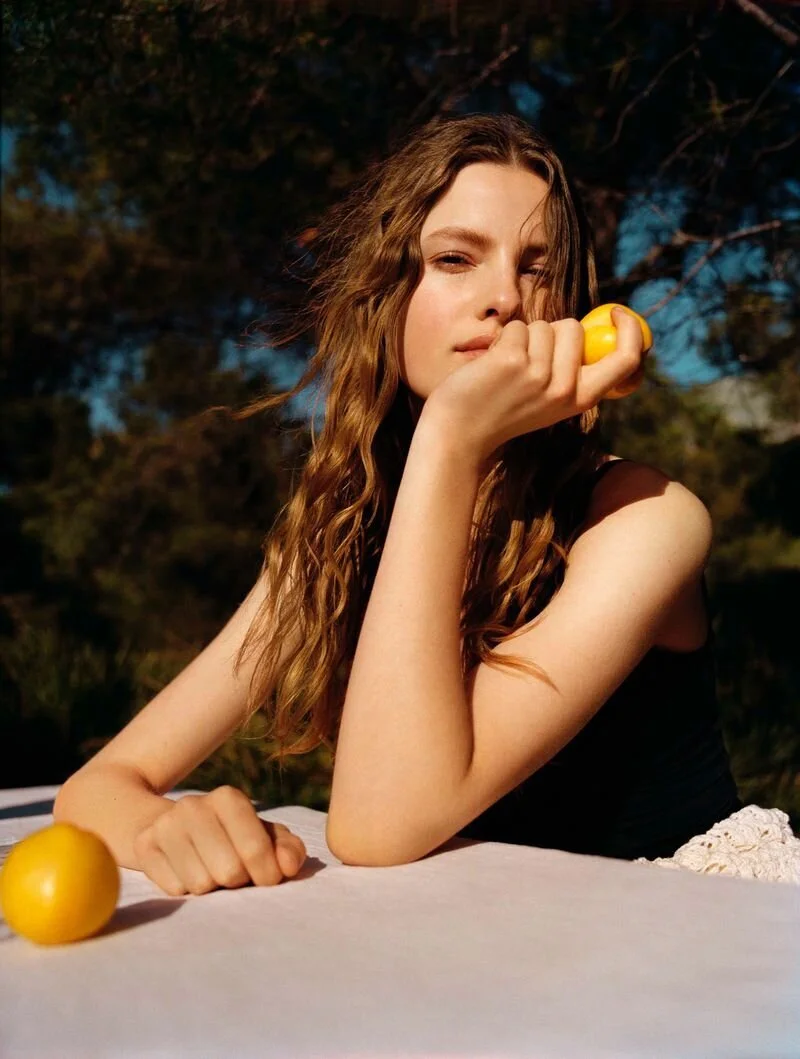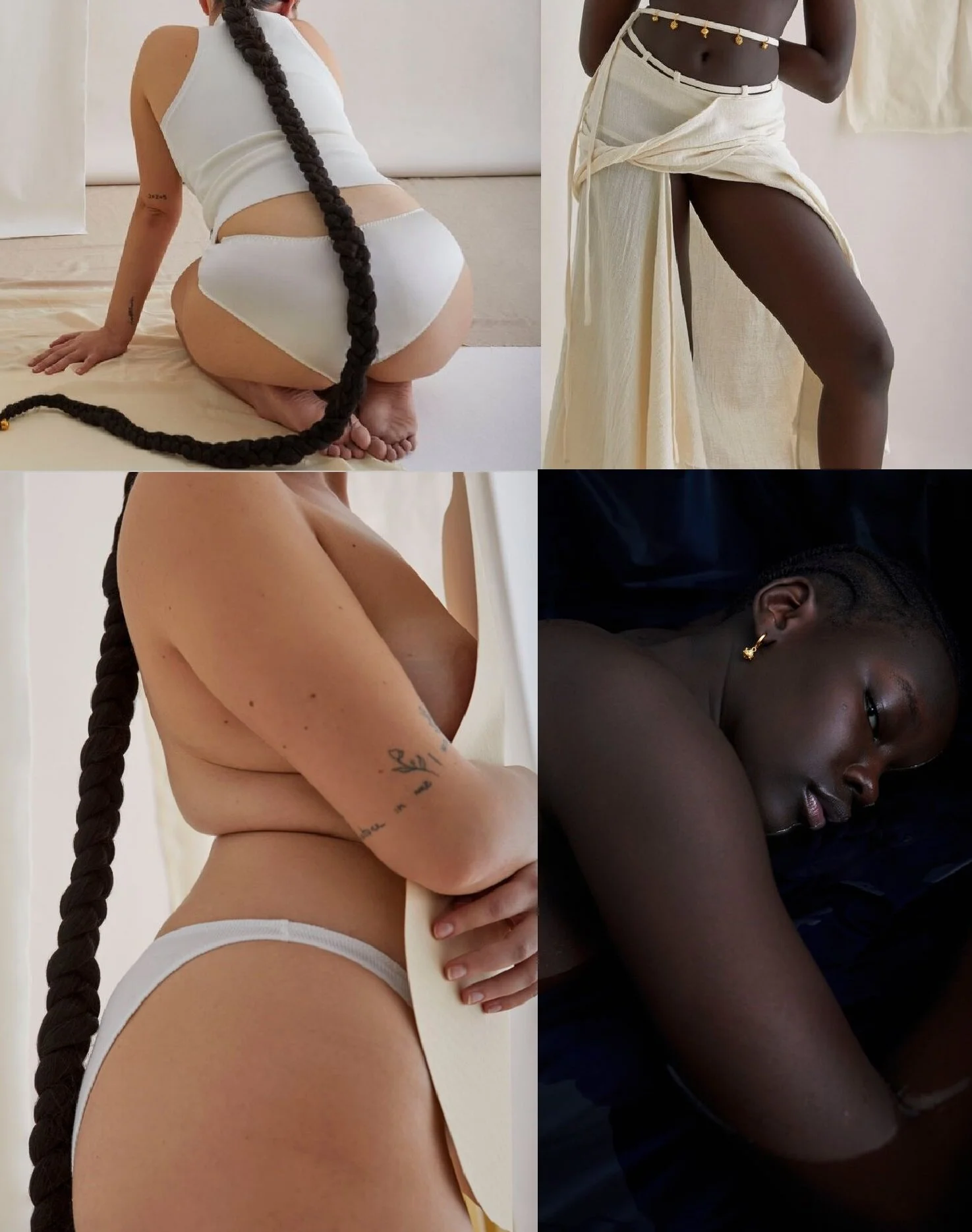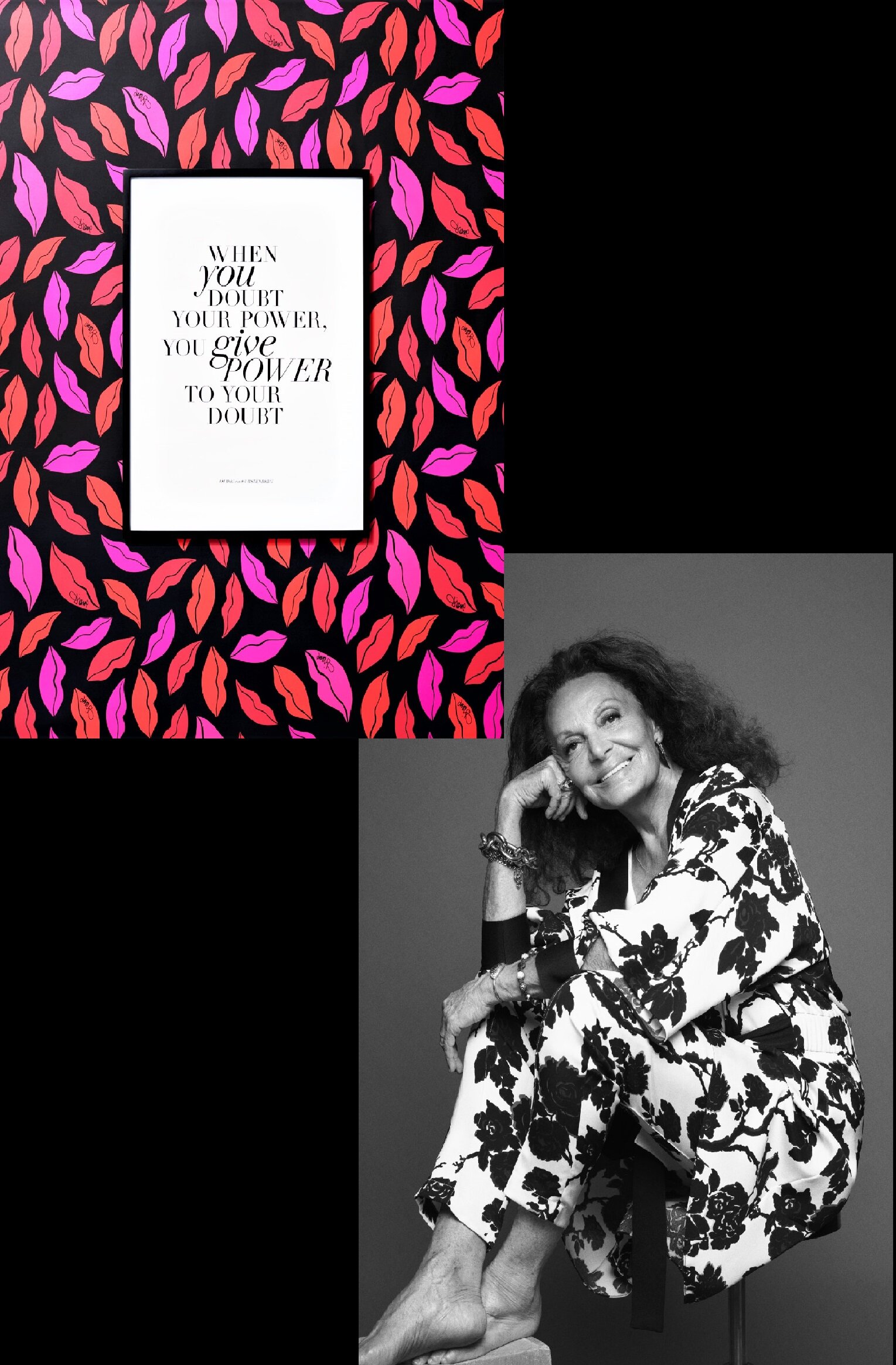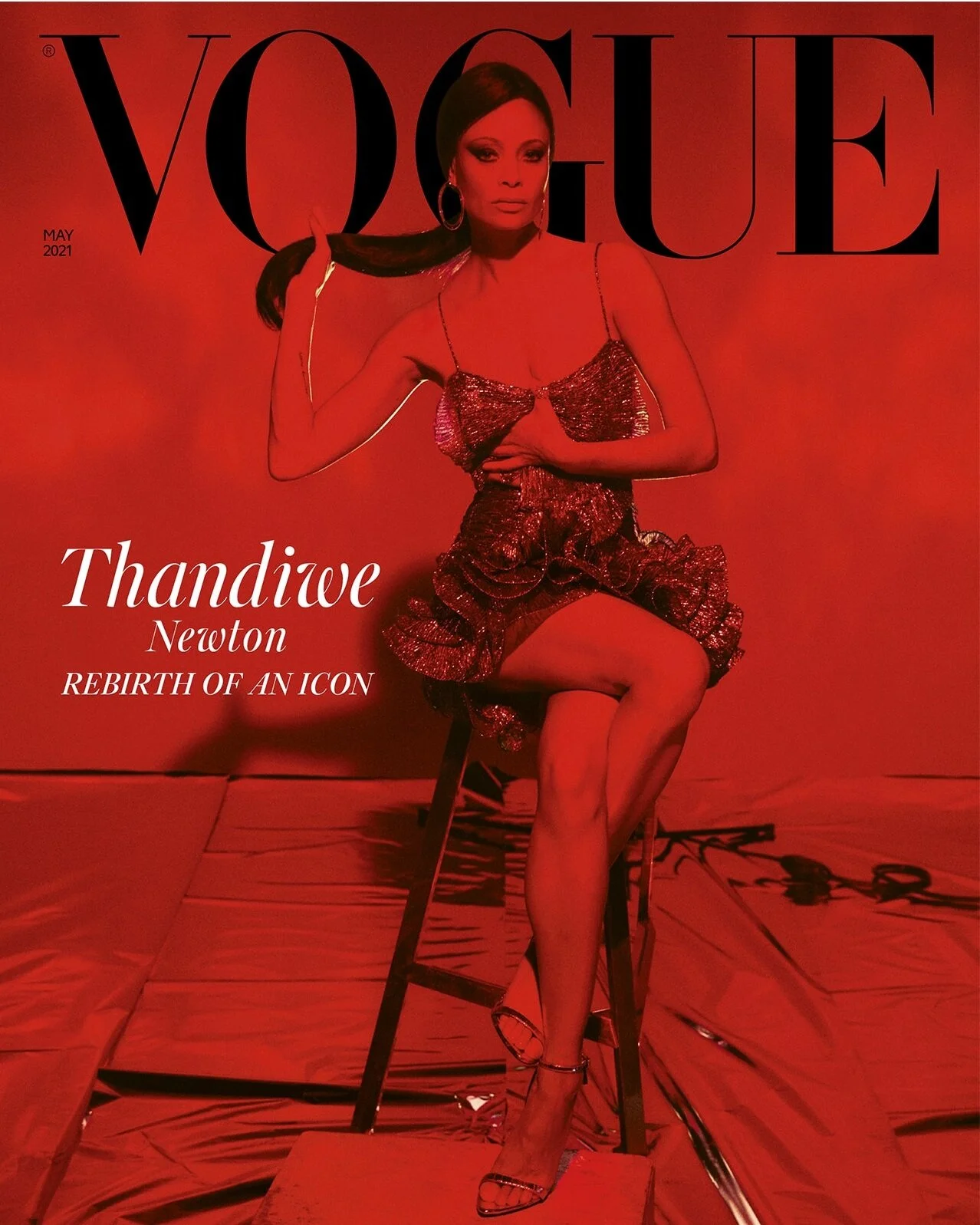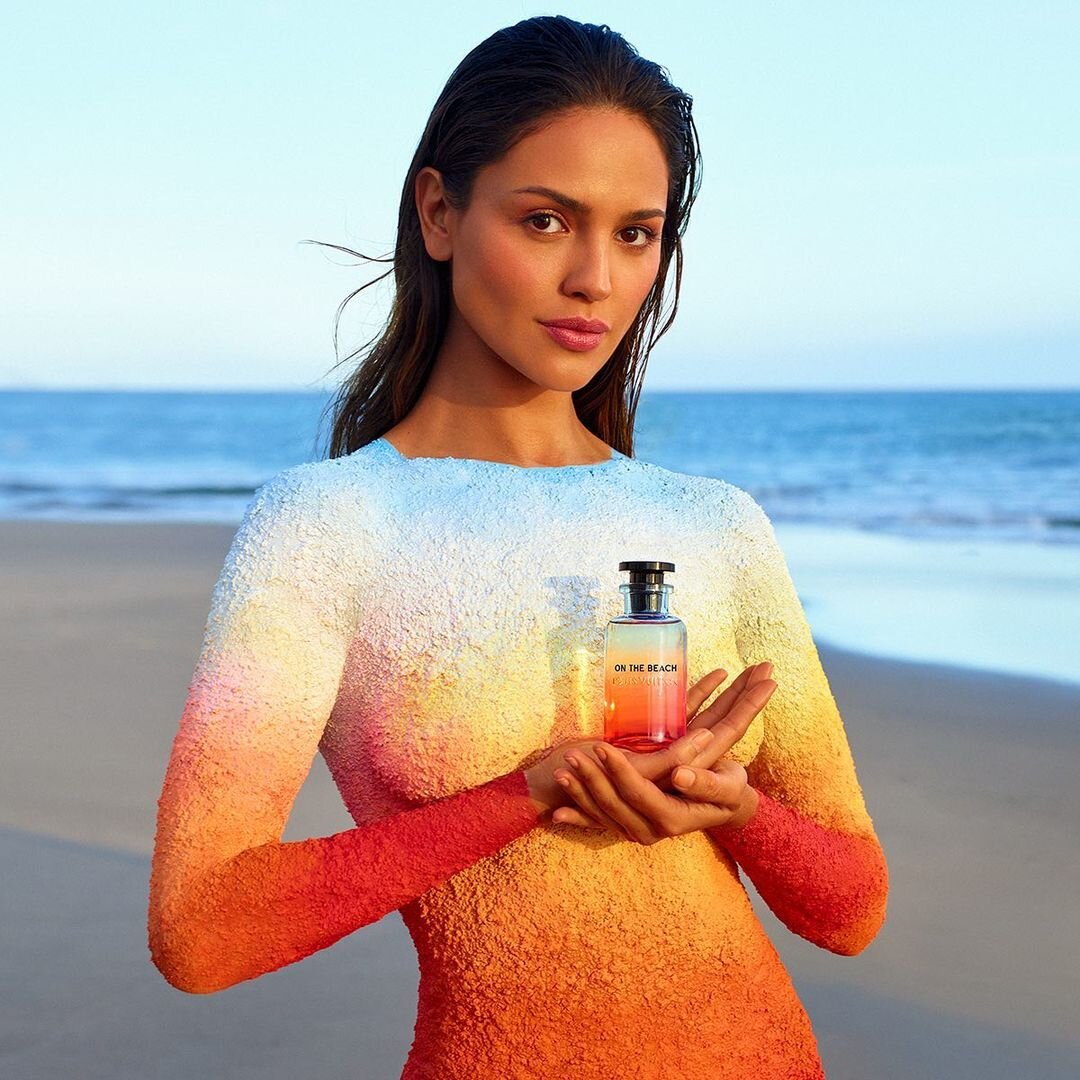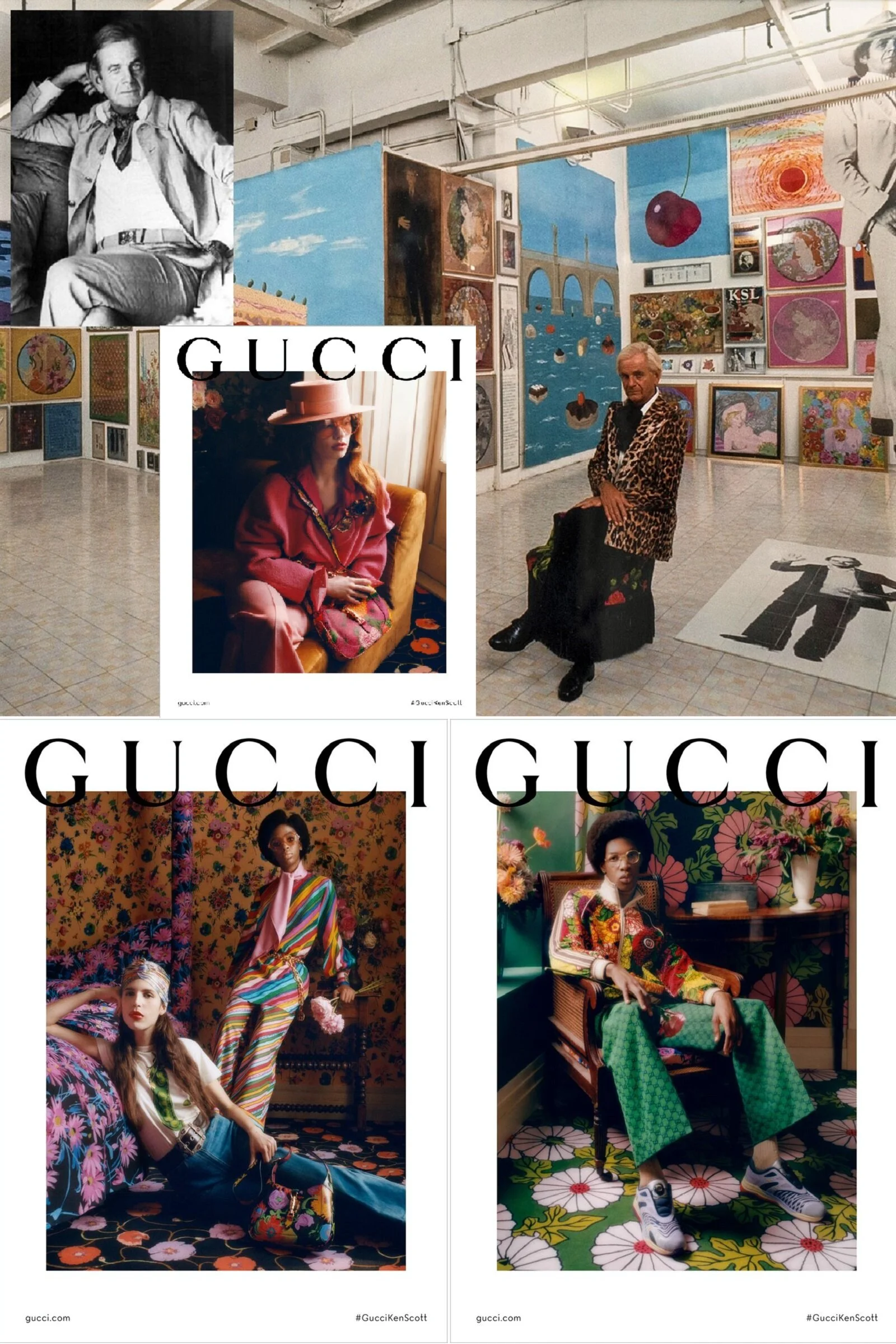Plants Use Advertising-like Strategies to Attract Bees with Colour and Scent
/Plants Use Advertising-like Strategies to Attract Bees with Colour and Scent
Watching plants and pollinators such as bees can teach us a lot about how complex networks work in nature.
There are thousands of species of bees around the world, and they all share a common visual system: their eyes are sensitive to ultraviolet, blue and green wavelengths of the light spectrum.
This ancient colour visual system predates the evolution of flowers, and so flowers from around the world have typically evolved colourful blooms that are easily seen by bees.
For example, flowers as perceived by ultraviolet-sensitive visual systems look completely different than what humans can see.
However, we know that flowers also produce a variety of complex, captivating scents. So in complex natural environments, what signal should best enable a bee to find flowers: colour or scent?
Our latest research uncovered a surprising outcome. It seems that rather that trying to out-compete each other in colour and scent for bee attention, flowers may work together to attract pollinators en masse. It’s the sort of approach that also works in the world of advertising.
